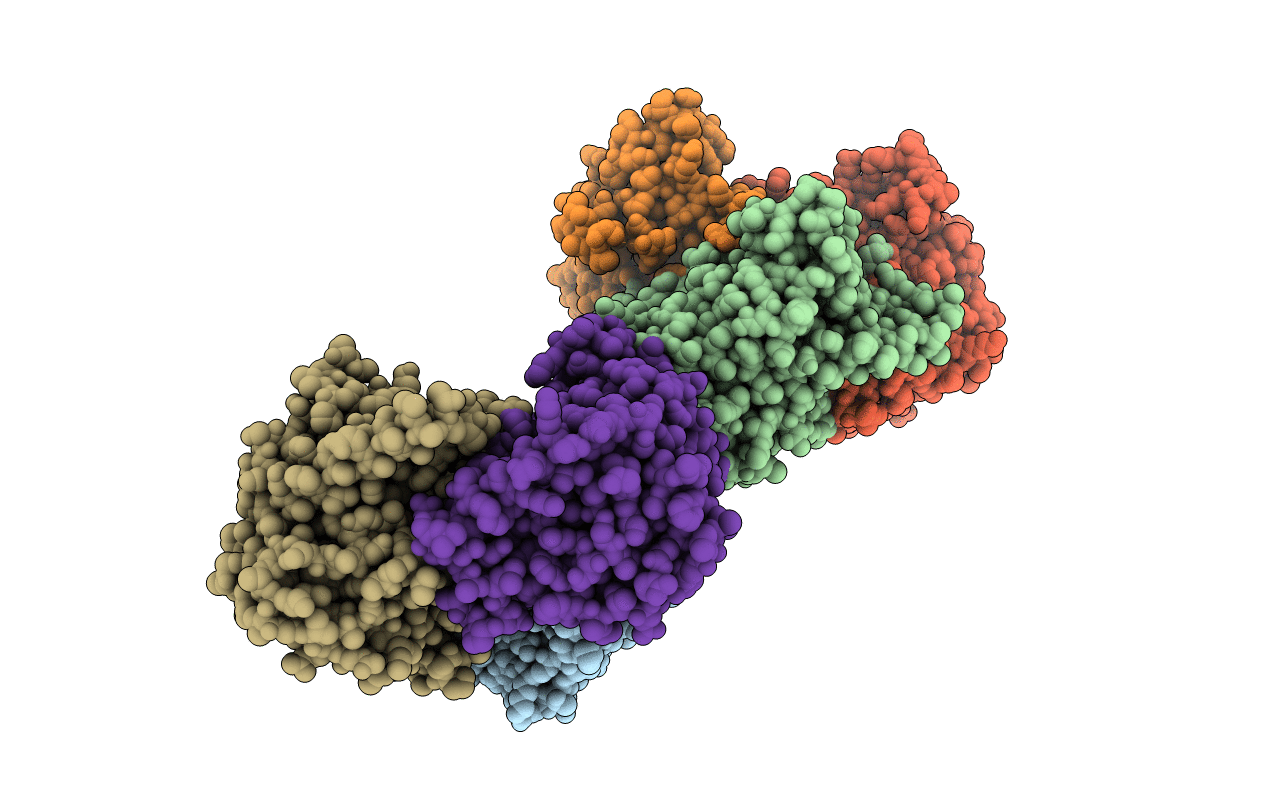
Deposition Date
2015-12-08
Release Date
2016-12-21
Last Version Date
2024-11-13
Entry Detail
PDB ID:
5F7Z
Keywords:
Title:
Crystal structure of Double Mutant S12T and N87T of Adenosine/Methylthioadenosine Phosphorylase from Schistosoma mansoni in APO Form
Biological Source:
Source Organism:
Schistosoma mansoni (Taxon ID: 6183)
Host Organism:
Method Details:
Experimental Method:
Resolution:
1.80 Å
R-Value Free:
0.23
R-Value Work:
0.21
R-Value Observed:
0.21
Space Group:
P 1 21 1


